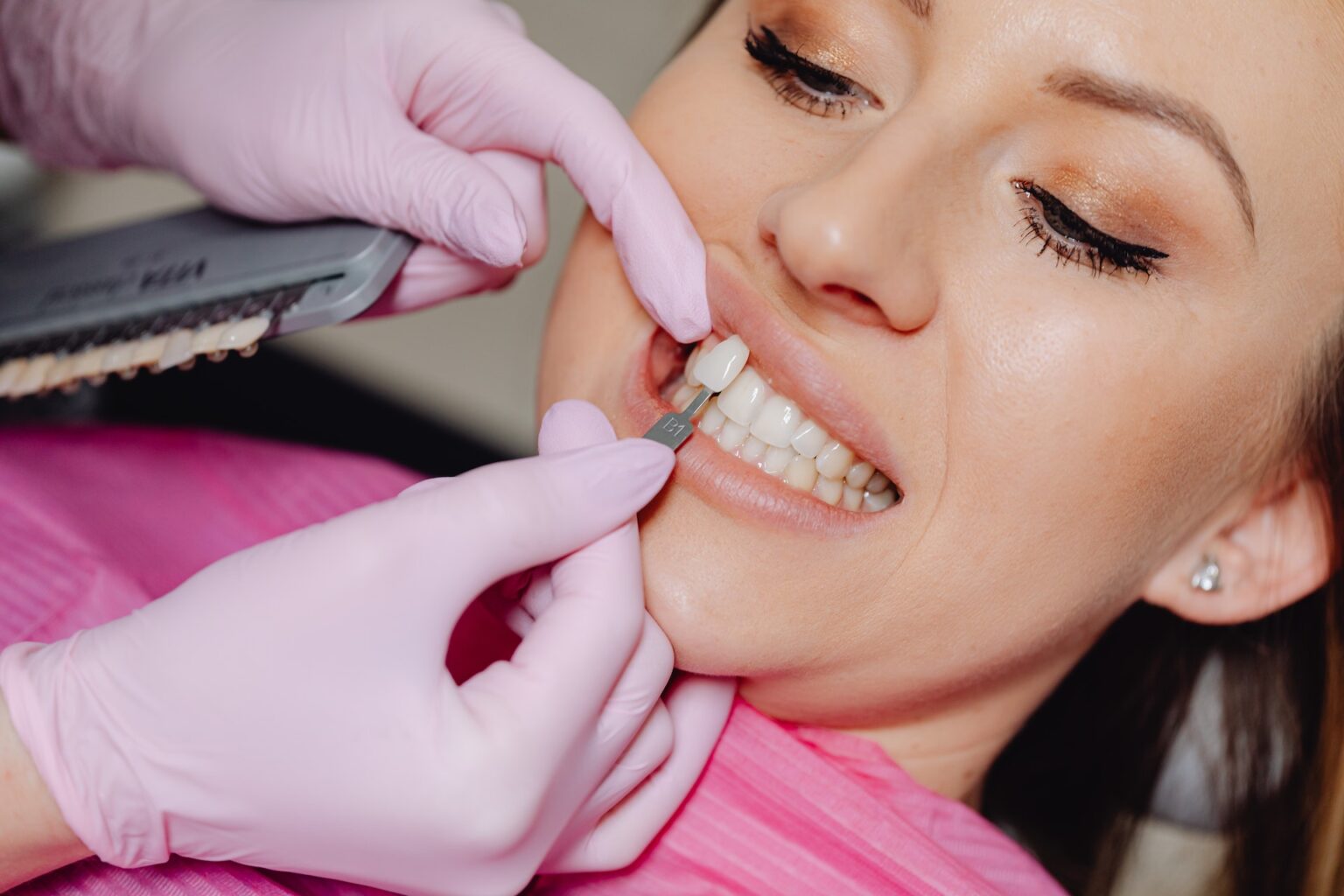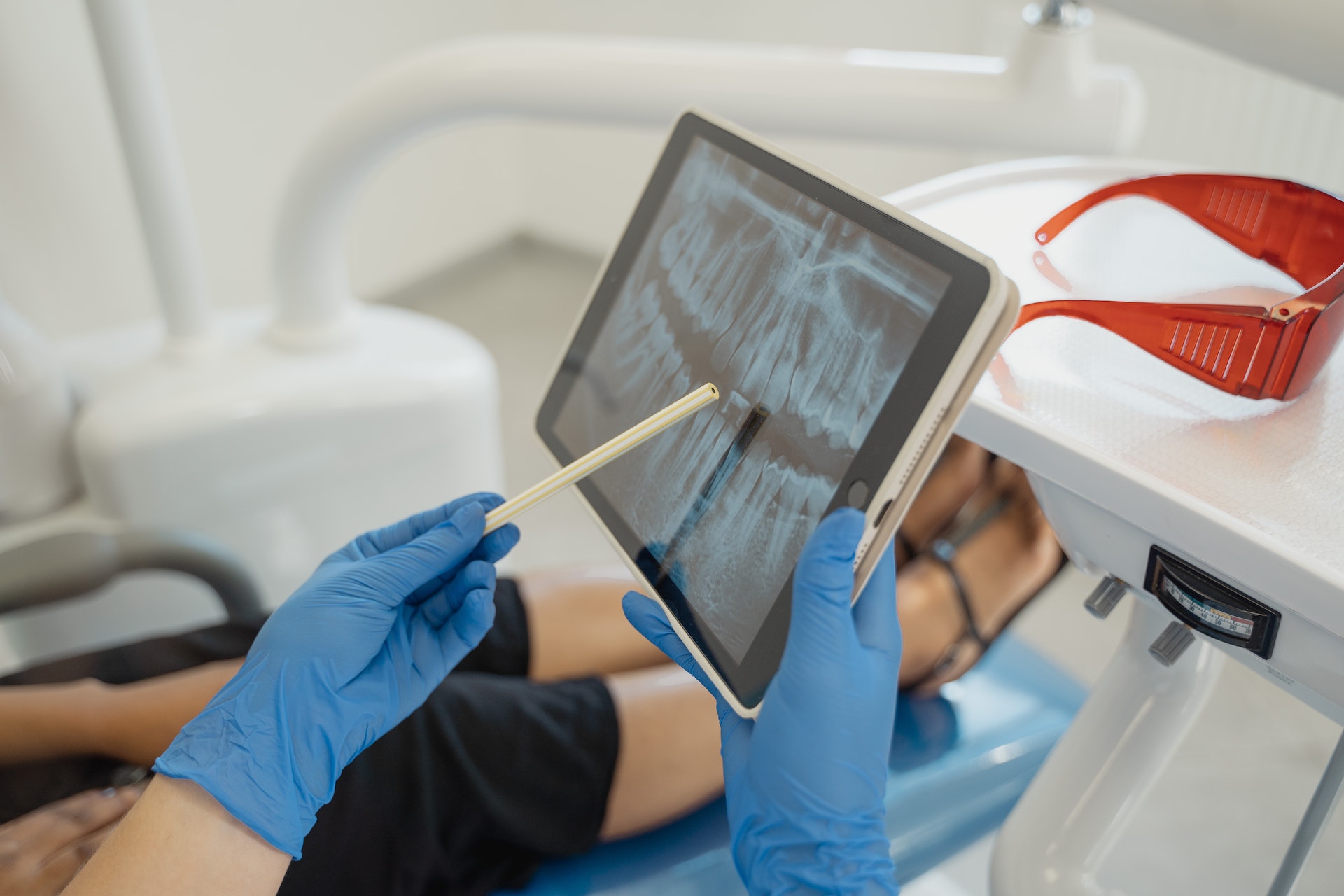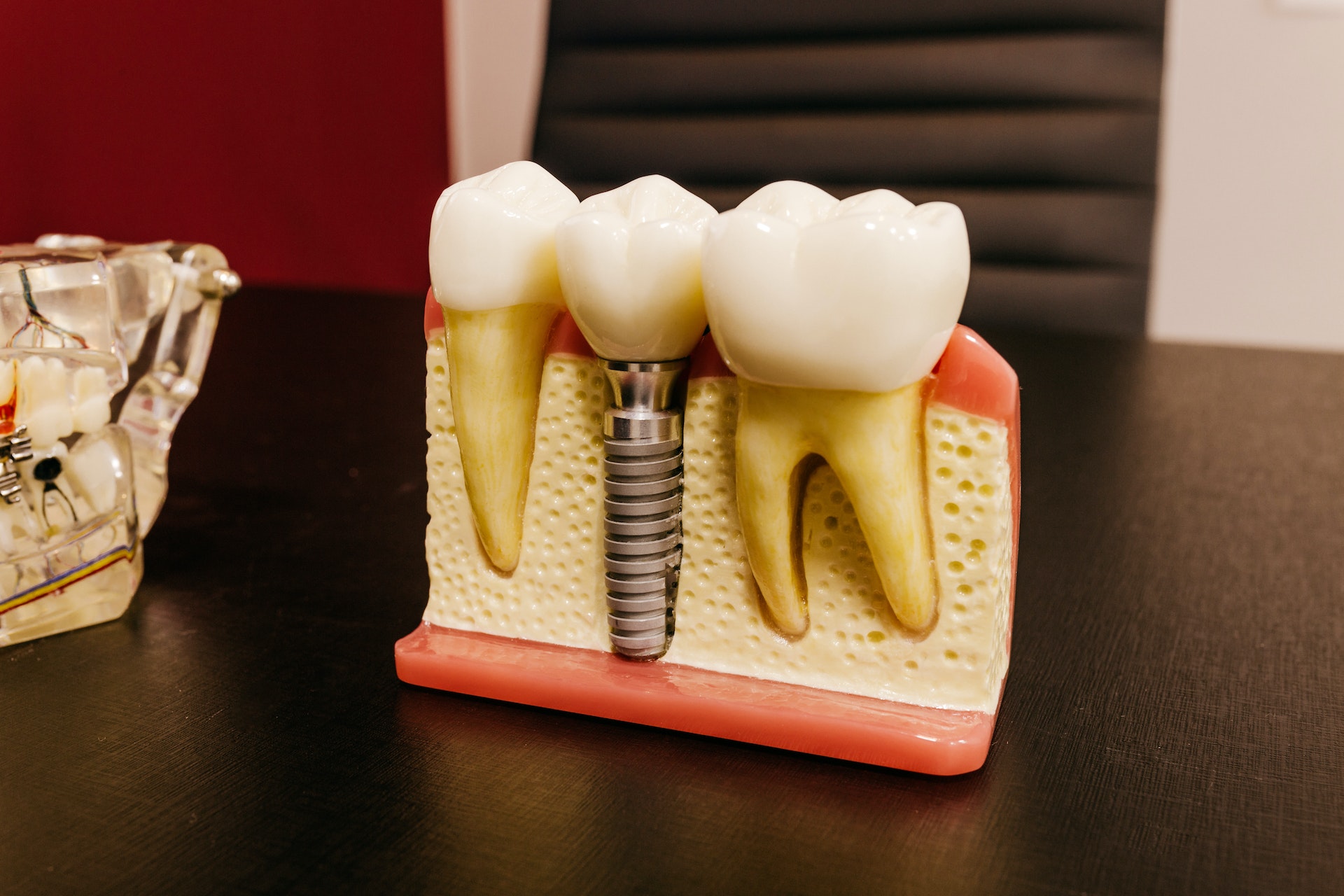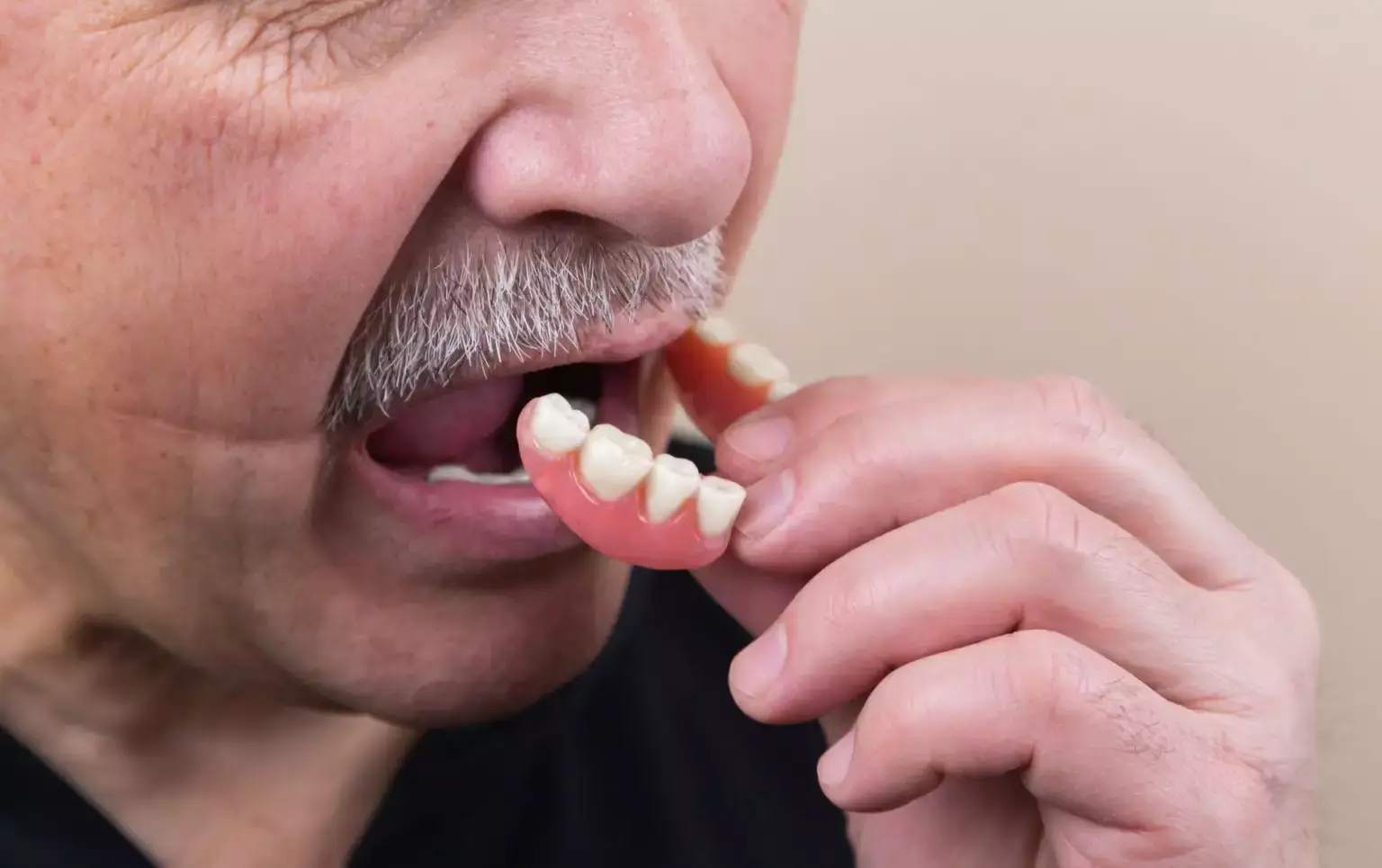Dental veneers and crowns are two popular options when it comes to improving the appearance and functionality of damaged or aesthetically compromised teeth. While both offer solutions for enhancing teeth’ overall look and strength, they differ in terms of procedure, purpose, and materials used.
Finding the differences and strengths of dental veneers vs. crowns can be challenging, but we’re here to help break it down for you. Make an informed decision when you learn more about types of dental veneers and crowns and what they can do for you:
What Are Dental Veneers?
To have the perfect smile, most people opt for dental veneers. Veneers are custom shells attached to the front surface of the teeth for enhanced aesthetics. Usually made from compound resin or porcelain, patients can choose an option that they feel will look more natural for them.
It begins with the removal of a small amount of enamel from the tooth surface so the veneer can be fitted. This is followed by taking impressions for the fabrication of the veneers. Once ready, the veneers are bonded to the teeth using dental cement.
Advantages of Dental Veneers
When looking at dental veneers vs. crowns, it’s best to understand the advantages of veneers, which include
- Aesthetics: Veneers can address various cosmetic issues such as discoloration, chips, cracks, minor misalignment, and gaps. Regardless of which types of veneers you are considering, all of them aim to improve the appearance of teeth and your smile.
- Conservative approach: Compared to crowns, veneers require minimal removal of tooth structure. The process preserves the natural tooth to a greater extent, making veneers a more conservative option.
- Durability: Porcelain veneers are highly durable and stain-resistant, providing long-lasting results. With proper care and maintenance, veneers can last for many years.
- Customization: Veneers can be customized in terms of shape, size, and color to match the patient’s natural teeth and achieve the desired aesthetic outcome.
What Are Dental Crowns?
Dental crowns, also known as caps, are tooth-shaped restorations that cover the entire visible portion of a damaged tooth. They can be made from various materials, such as porcelain, metal alloys, or both. The procedure involves reducing the tooth to create space for the crown, followed by taking impressions for the fabrication of the crown. Once ready, the crown is cemented onto the tooth.
Advantages of Dental Crowns
- Strength and durability: Crowns provide excellent strength and stability to a weakened or heavily damaged tooth. They can withstand biting and chewing forces, restoring functionality to the tooth.
- Protection: Crowns offer superior protection to teeth that have undergone significant decay, fractures, or root canal treatment. They help prevent further damage or infection, extending the lifespan of the tooth.
- Restoration of tooth structure: Crowns can rebuild and restore a severely damaged or misshapen tooth’s natural shape, size, and function.
- Versatility: Crowns can address a wide range of dental issues, including severe decay, fractures, large fillings, root canals, and dental implants. They can be used on both front and back teeth.
Dental Veneers vs. Crowns

While dental veneers primarily focus on improving the aesthetic appearance of teeth by addressing minor cosmetic concerns, this isn’t the same for dental crowns. Different types of veneers are suitable for individuals seeking smile makeovers or enhancement of their natural teeth. On the other hand, dental crowns serve a dual purpose of aesthetics and restoration. They are typically recommended for teeth that require structural support, protection, or extensive repair due to decay, fractures, or root canal treatment.
When receiving dental veneers or crowns, it’s critical to consider how much alteration your natural tooth will undergo. An orthodontist will scrape away a very thin layer of enamel to make room for veneers. As a result, there won’t be many modifications to your tooth. To provide a flawless fit for dental crowns, the native tooth structure must be significantly reduced. Enamel and dentin will need to be removed in substantial amounts, changing your tooth structure.
Different types of veneers are commonly made from porcelain or composite resin materials. Porcelain veneers offer superior aesthetics, stain resistance, and durability, closely resembling natural teeth. Composite resin veneers are more affordable but may be prone to staining and have a shorter lifespan. Dental crowns can be fabricated from various materials, including porcelain-fused-to-metal, all-ceramic, metal alloys, or zirconia. The choice of material depends on factors such as the location of the tooth, functional requirements, and aesthetic considerations.
Both dental veneers and crowns can be long-lasting with proper care. Porcelain veneers have a longer lifespan compared to composite resin veneers, often lasting 10-15 years or more. Dental crowns, depending on the material chosen, can also last 10-15 years or even longer.
Understanding Which Option is Right for You
Both dental crowns and dental veneers are excellent procedures for treating a variety of tooth issues. While crowns offer both practical and aesthetic advantages, veneers concentrate on improving the visual appearance of teeth. Veneers or crowns? That depends on your particular dental condition, your treatment objectives, and the advice of a trained dental specialist.
Overview of Dental Veneers vs. Crowns
| Dental Veneers | Dental Crowns | |
| Purpose | Improves aesthetic appearance | Improves aesthetic appearance and restores structural support for teeth |
| Level of preparation | Requires a thin layer of enamel to be removed | Requires significant removal of enamel and dentin |
| Materials used | Porcelain or composite resin | Porcelain-fused-to-metal, ceramic, metal, zirconia |
| Treatment duration | 2-3 visits to the dentist | Two visits (can also be done on the same day) |
| Longevity | 10 to 15 years | 10 to 15 years, but can last longer with proper care |
Take Your Smile to New Heights with Definitive Dental
Understanding the differences, benefits, and considerations of dental veneers and crowns is crucial for patients seeking to improve their smile and oral health. At Definitive Dental, we help you find the best way to improve your smile and oral health.
If you’re trying to find the best option between dental veneers and crowns, schedule a consultation with us today. Learn about how these options can cater to your unique requirements and how you can get started.



















